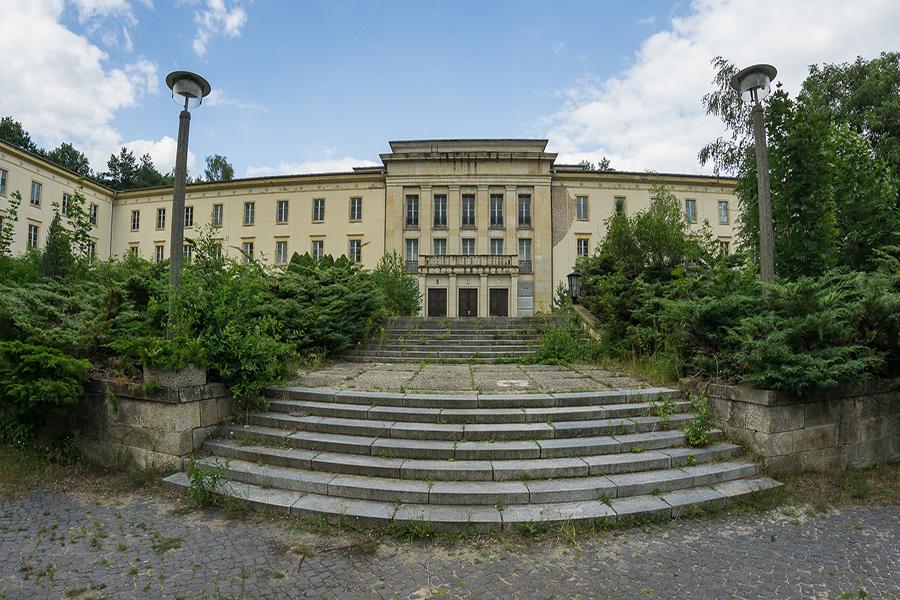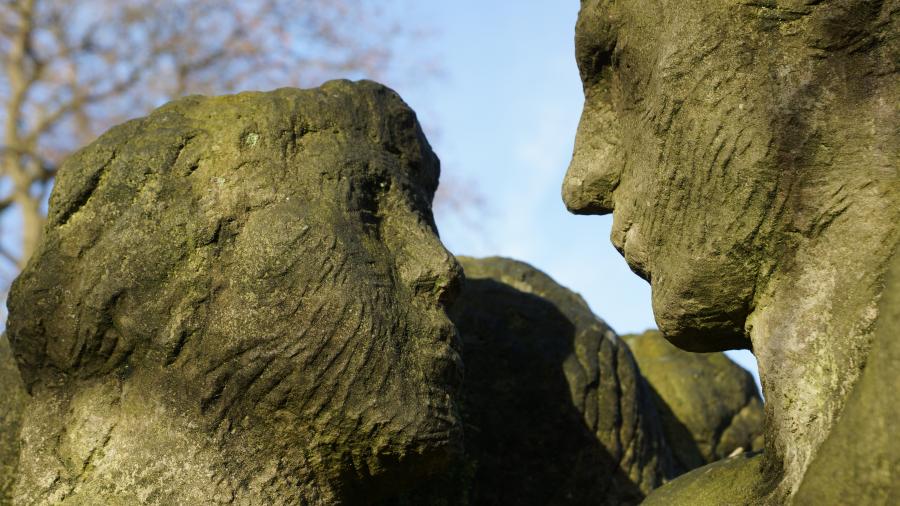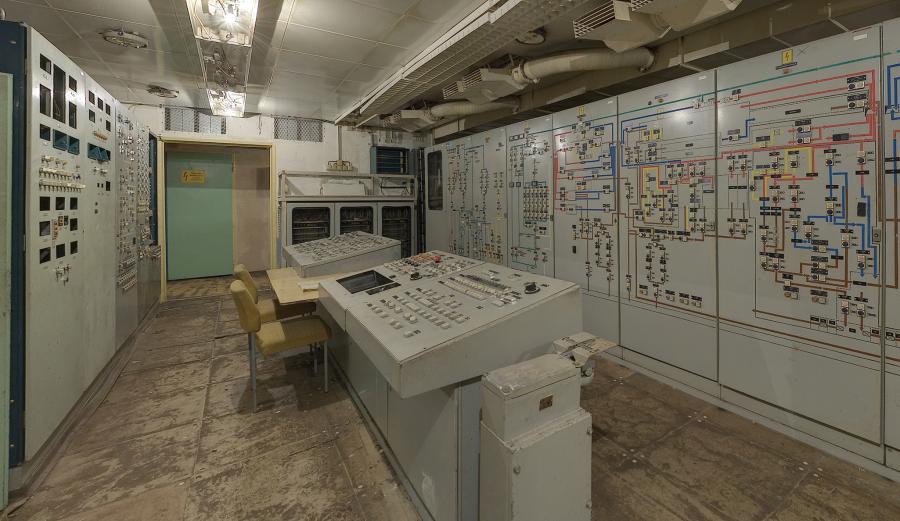GDR history
We live in a historic place – in a region with a unique aura. It was here and in the surrounding area that political heavyweights started basing themselves well before the GDR’s SED politicians. This was where German history was written and shaped.
And this special, historic heritage must be preserved, as more and more people are taking an interest in significant sites from German history.

Waldsiedlung Wandlitz
The Waldsiedlung Wandlitz (‘Wandlitz forest settlement’) is part of Bernau, and, in both the East and West, continues to symbolise the very unique political style and lifestyle of the SED leaders, their privileges, and their dissociation from the realities of life in the GDR. There were many rumours and myths circulating about the Waldsiedlung Wandlitz during the GDR days, and the privileges enjoyed by the SED leaders close to State Council chairman Erich Honecker caused growing resentment amongst the local people.
The GDR government established the sprawling residential settlement for their top officials in the middle of the forest near Wandlitz in the last 1960s.
While the hermetically sealed grounds did not appear on any official maps, citizens of both East and West Germany were aware of their existence.

23 Politburo members, including Erich Honecker, Walter Ulbricht, Erich Mielke and their families, lived in this parallel world for nearly 30 years under the tightest of security. Today, the grounds are open to the public and form part of the Brandenburg-Klinik hospital.



Lake Bogensee area
Nestled between Lanke and Prenden is a wild and overgrown enclave known as the Bogensee. In 1936, the City of Berlin initially erected a log cabin here for Nazis’ Minister of Propaganda Joseph Goebbels right on the reed-filled lake of the same name, before a prestigious home and office in the style of an English country house was then built for the Reich Minister of Propaganda near the original log cabin in 1939. The entire Goebbels family moved to this ‘forest homestead’ in 1943 following the bombings in Berlin. Then, on 22 April 1945, they fled to Berlin’s Führerbunker, where Goebbels killed himself, his wife, and all six of his children on 1 May 1945.
After World War II, the property was used as a central university for the Free German Youth (FDJ). In the years leading up to 1956, the ‘Wilhelm Pieck’ university was expanded into a vast, prestigious complex in what would be one of the GDR’s most ambitious construction projects ever. Blending harmoniously into the woodland landscape, it featured conference halls, cultural facilities and residential buildings. From 1958 onwards, it was a place of political education not only for the young GDR elite, but also for 150 youths every year from 30 allied socialist countries. Classes stopped shortly after the fall of the Wall, and the FDJ university was dissolved in 1990.
The entire area around Lake Bogensee is today part of Berlin State, and is yet to be used for any long-term purpose. In 1996, Goebbels’ country estate and the FDJ university complex were listed collectively as a heritage site. A highly dedicated initiative is currently endeavouring to revive the Bogensee area as a centre of education, culture and communication. This unique architectural complex has already been opened a few times for interested audiences as part of initial cultural events.
Further information is available at: Akademie Bogensee
In case of emergency: The Barnim bunker
Barnim is home to several underground bunkers from GDR times – relics of the Cold War and global arms race.
In the middle of the forest between Klosterfelde and Prenden is the ‘Honecker Bunker’. With 7,500 sq m of floor space over three levels, it was considered one of East Germany’s largest and most technically complex bunkers. From here, the GDR’s National Defence Council would be able to co-ordinate official government business in the event of war. The decision to construct ‘Building 17/5001’ over 12 hectares of barracks grounds was made in 1973, and the bunker was built between 1978 and 1983. In the event of a nuclear attack, 350 people would have been able to survive here for about 14 days. The German armed forces ran the bunker from 1990 to 1993. Over the years that followed, the bunker was partly dismantled, before finally locked up tight in 2008. Efforts are currently underway to reopen this technical monument to the public.
Ringing the Waldsiedlung Wandlitz was the staff bunker for the Stasi’s Personal Security department, and a bunker housing members of the Politburo and their families. These days, the complex is completely locked up, and has become a bat roost.
The Stasi’s ‘Building 17/5005’ was erected north-west of Biesenthal between 1984 and 1988. The ‘Mielke Bunker’ was one of the last to be built in the GDR, and was designed to enable 160 people to survive in it for up to 14 days.
Further information is available at:






